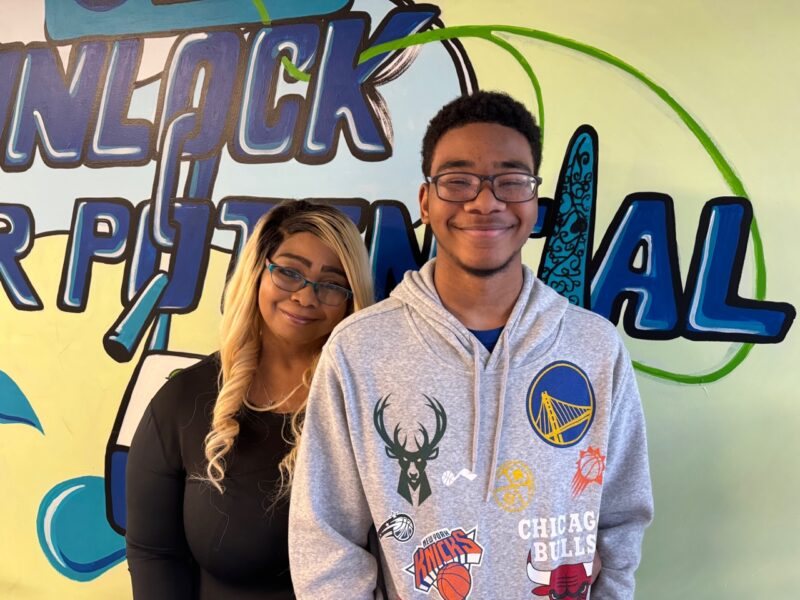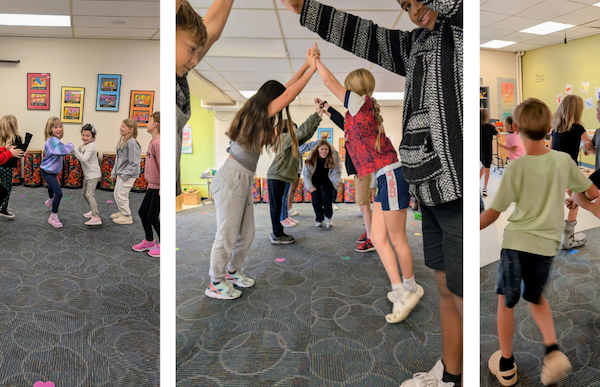
Social-Emotional Learning (SEL): What’s the value?
February 29, 2024
A New Move was the Right Choice
March 15, 2024
Spring is here! In the schools, this means that students are getting closer to their end-of-year exams and state assessments.
Children who have been receiving academic intervention in the schools are having their data reviewed in team meetings and progress reports are being shared with parents.
After a year of problem-solving, many families are finding themselves in the situation of trying to determine if their child has a learning disability or ADHD.
How do I know if there is an issue with my child’s learning or behavioral development?
Monitoring your child's learning and development is essential, and there are several signs that can indicate potential issues. Keep in mind that children develop at different rates, so there's a wide range of what's considered normal. However, if you notice persistent concerns, it's crucial to consult with professionals. Here are some signs that may indicate a potential problem with your child's learning development:
- Difficulty with achieving grade level benchmarks in reading, writing, and math despite remediation or intervention
- Challenges with sustaining attention in class, sports activities, or family activities that occur often and interfere with one’s learning or ability to engage in activities meaningfully
- Memory issues or regression of skills: Difficulty remembering information or loss of skills that were previously learned
- Speech and language delays, motor delays, unusual and extreme sensory responses
When do I know if it’s time to get an evaluation for my child?
Many children have relative strengths and weaknesses in their skills and not all skills develop evenly.
First, you’ll want a good understanding of what your child’s present level of performance is. Schools do a fantastic job of collecting academic data on students and sharing this with families. If your child’s school conducts universal testing on all students, such as MAP, AIMSweb, DIBELS, STAR, or iReady, then you have data in regard to your child’s academic performance compared to their peers.
If your child’s performance is performing below average or on the lower end of average in multiple skills, then they should receive intervention for those specific skill deficits. Schools will collect data on your child’s progress. Look at this data. If they are making progress, but they are not closing the gap between their skills and their peers, or if they are not making progress, then it may be time to seek an evaluation for a learning disability.
For conditions like ADHD, that data is not always as readily available. If your child is struggling to pay attention or often is impulsive and hyperactive, then a good first step would be to ask your child’s teachers to complete the Vanderbilt rating scale. This rating scale reflects the diagnostic symptoms of ADHD and is within the public domain, meaning that anyone can google and download this rating scale. School counselors, psychologists, and pediatricians frequently use this scale as a first step to see if there is a suspicion of ADHD. Ask the school team or your pediatrician for help interpreting this scale once its completed.
How do I get an evaluation for my child?
Parents in the greater Cincinnati area have many options for where and how to have their child evaluated. But first, you’ll want to connect with your public school district. Public schools are required to conduct “Child Find” meaning they must seek out and find all students with disabilities within their district. Contact the public school, and make a direct request through the administrator or school psychologist. A common misconception is that public schools have to do an evaluation if it is requested by a parent. This is not true. Schools have a certain number of days, 30 in the state of Ohio, after this request to determine if they suspect a disability. If they do, then they will pursue the evaluation. If they do not, then they will notify you of their decision to not pursue this evaluation and why. Of note, schools do not diagnose disabilities, but rather, identify educational disabilities. For a child to meet eligibility criteria of having an educational disability, they must meet the definition of the disability and that disability must also have an adverse educational impact. That is often measured in low grades or test performance, but can include other factors.
There are many local private agencies that conduct psychoeducational testing to diagnose ADHD and learning disabilities. Many of these agencies have significant waitlists, especially at this time of year. If you are on the fence about getting an evaluation, I would recommend getting your child on the waitlist sooner than later.

What kind of evaluation is best for my child?
If you suspect that your child has ADHD or a learning disability, and they have never had an evaluation, then a psychoeducational evaluation is best. This evaluation is comprehensive, meaning that it is multi-method and multi-source in its data collection. A diagnosis won’t come from just one rating scale or just one diagnostic interview, but rather a combination of interviews, rating scales, standardized assessments, and observations. A comprehensive evaluation also allows the evaluator to determine if there are other factors at play. For example, we know that ADHD and learning disabilities often lead to secondary mood concerns, like anxiety or depression. You’ll want to have these factors considered, because even if there are not significant mood concerns, then you can have a measured baseline of those areas for future progress.
If my child has a learning disability or ADHD, what do I do next?
Once your child has been identified with having ADHD or a learning disability, there is often a mix of emotions. Initially, there may be relief and validation. Oftentimes children feel like they are not alone and that they have inherited a community of people and kids who are like them. On the other hand, there is also fear and concern- how do we tell my child that they have this condition? How do I set them up for success? Give yourself grace and time to consider your response to this news.
I recommend telling the child the name of the condition they have. If they can name it, they can tame it! Explore what the diagnosis means together- read children’s books on the topic or if they are older, consider attending a class together. Once they know themselves as a learner, they will be better able to advocate for themselves.
Parents should share the diagnosis with their child’s school team and pediatrician. These are the people who will support your child through the next steps of their educational journey. Request to have a meeting with the school and make a follow up appointment with your pediatrician. Explore educational options, such as special education, an accommodation plan, as well as lifestyle changes and possibly medication.
Learn more about Springer Diagnostic Center, here.
Molly Bernosky, Ed.S., M.Ed., is Springer's Diagnostic Center Lead Psychologist. Her extensive professional experience has included fifteen years in large local school districts with three as an assistant principal and administrator lead for special education. She accompanies families through the evaluation process to help them form a deep understanding of their child and guidance for next steps.



